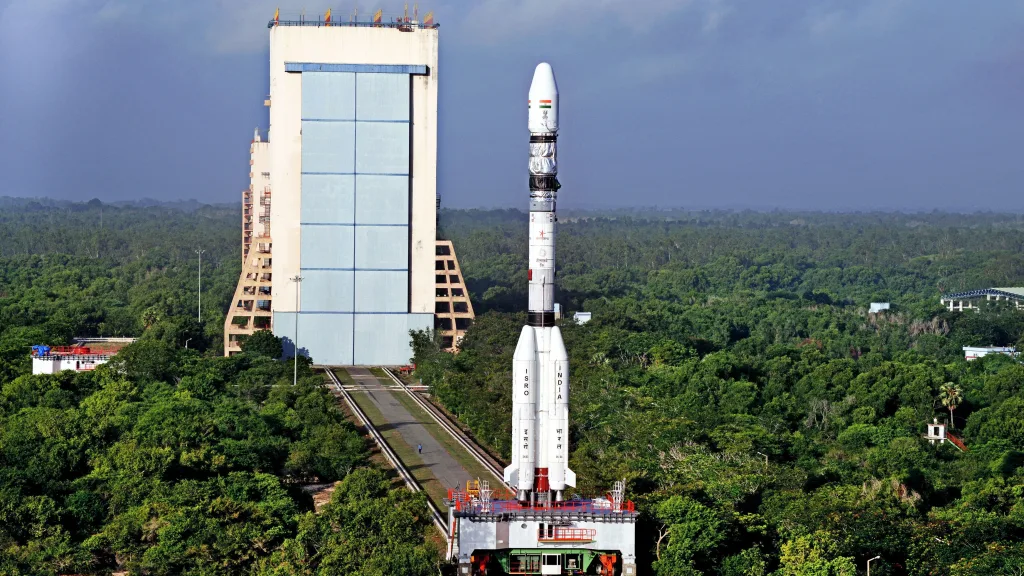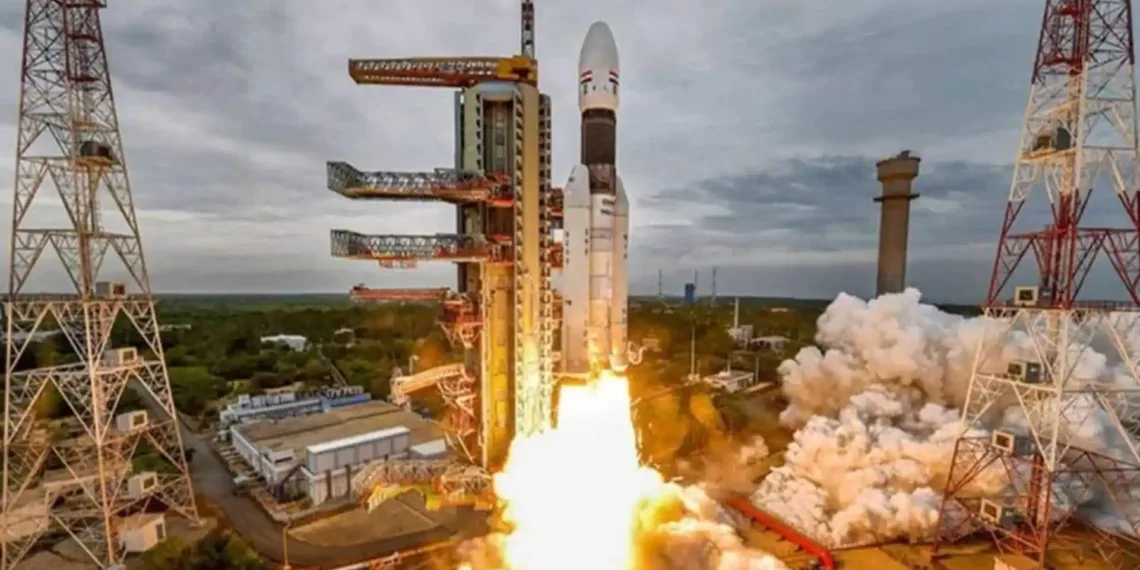India’s space ambitions are reaching new heights as the Indian Space Research Organisation (ISRO) is setting up the country’s second-largest space station in Gujarat, with work progressing rapidly on the ambitious ₹10,000 crore project. This groundbreaking announcement by ISRO Space Applications Centre (SAC) Director Nilesh Desai marks a pivotal moment in India’s space exploration journey.
Table of Contents
Why Gujarat? The Strategic Choice
The selection of Gujarat for this massive space infrastructure project isn’t random. The location was strategically chosen due to Gujarat’s proximity to the equator, which offers substantial advantages for rocket launches. This positioning allows for more efficient fuel consumption and greater payload capacity – crucial factors for successful space missions.
The new facility will be constructed between Diu and Veraval, leveraging Gujarat’s coastal advantage for launching missions toward the Indian Ocean.

Project Overview: Key Details at a Glance
| Aspect | Details |
|---|---|
| Investment | ₹10,000 crore |
| Location | Between Diu and Veraval, Gujarat |
| Rocket Support | LVM3, PSLV, and SSLV launches |
| Project Status | Work progressing rapidly |
| Strategic Advantage | Equatorial proximity for efficient launches |
What This Means for India’s Space Program
This development represents more than just infrastructure expansion. The new space station will serve as a major launch site for LVM3, SSLV and PSLV rockets, significantly boosting India’s launch capabilities. While Sriharikota in Andhra Pradesh remains the primary spaceport, Gujarat’s facility will provide crucial backup and additional capacity.
The timing couldn’t be better. With India’s space sector experiencing unprecedented growth and commercial opportunities expanding globally, having multiple launch sites ensures operational flexibility and increased mission frequency.
Gujarat’s Space Policy: Building the Ecosystem
Supporting this ambitious project, the Gujarat government has launched the SpaceTech Policy 2025–2030. This policy framework demonstrates the state’s commitment to becoming a major space hub, potentially attracting private players and fostering innovation in the space technology sector.
Beyond Infrastructure: Economic and Technological Impact
The ₹10,000 crore investment will generate significant employment opportunities and establish Gujarat as a key player in India’s space economy. The project is expected to:
- Create thousands of direct and indirect jobs
- Attract aerospace companies and startups
- Boost local manufacturing capabilities
- Enhance India’s position in the global space market

Looking Ahead: India’s Space Ambitions
This Gujarat space station represents India’s growing confidence in space technology. With successful missions like Chandrayaan-3 and the upcoming Gaganyaan mission, India is positioning itself as a reliable and cost-effective space partner globally.
The new facility will complement existing infrastructure at the Satish Dhawan Space Centre in Sriharikota, ensuring India can meet increasing demand for satellite launches while maintaining its competitive edge in the international space market.
Conclusion
Gujarat’s emergence as India’s next space hub marks a transformative chapter in the country’s space program. With strategic location advantages, substantial investment, and government support, this project promises to accelerate India’s journey toward becoming a global space superpower.
As work progresses on this ambitious venture, space enthusiasts and industry watchers will be keenly observing how this development reshapes India’s space landscape and contributes to the nation’s technological prowess.
For more space technology updates and industry insights, explore our Space Technology section and stay connected with the latest developments in India’s space program.
Frequently Asked Questions
Q: When will the Gujarat space station become operational?
A: While the exact timeline hasn’t been officially announced, ISRO SAC Director Nilesh Desai confirmed that work is progressing rapidly on the project. Given the scale and complexity, the facility is expected to take several years to complete.
Q: How will the Gujarat space station differ from Sriharikota?
A: The Gujarat facility will serve as India’s second-largest space station, complementing Sriharikota’s capabilities. It will support LVM3, PSLV, and SSLV launches and leverage Gujarat’s equatorial proximity for more efficient rocket launches, particularly beneficial for missions requiring specific orbital trajectories.








